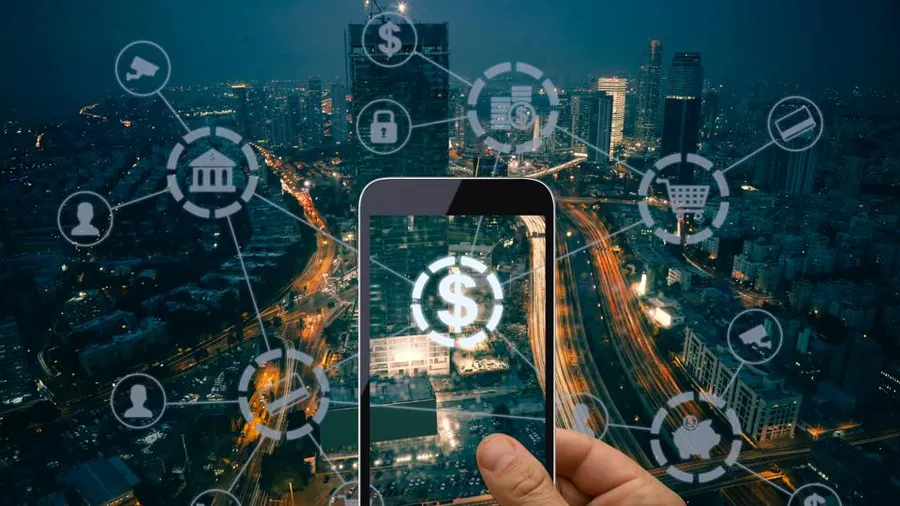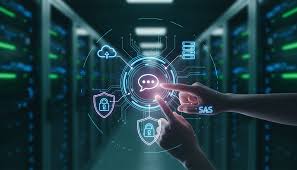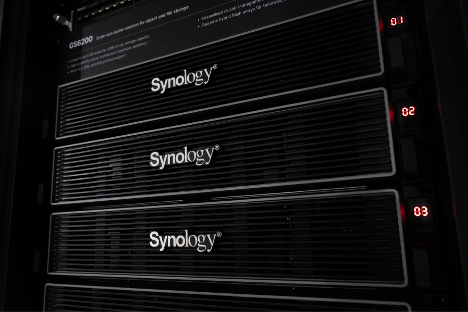DXC Technology Predicts Five Ways Software Will Accelerate Sustainability in the Next Five Years
DXC Technology, a leading Fortune 500 global technology
services company, has forecast five ways software will help create a more
sustainable future in the next five years.
"Technology
has an outsized role in almost every aspect of sustainability – from increasing
productivity, efficiency, and cost savings, to monitoring and modelling
progress," said Henrik
Hvid Jensen, Chief Technology Strategist, DXC. "As a global
IT services leader, DXC sees a number of pivotal ways that technology will help
us to drive sustainable development in the next five years."
Organizations will adopt circular
economy business models
Globally,
natural resources are dwindling and their increased exploitation to cater for
global demand is having a negative impact on the environment. To build a competitive global
circular economy that produces no waste, companies must adapt their business
models to maximize resource efficiency, develop recyclable products, and
repurpose waste as new offerings.
One
of the biggest challenges of moving to a circular economy is collecting and
sharing data about a product throughout its entire lifecycle. Digital product
passports (DPPs) offer that capability and promise to act as a transparent
record of a product's sustainability, environmental and recyclability
attributes. The European Union is
positioning itself as a first mover in the space and expects most products in
the region to be covered by DPP regulation by 2030.
AI will help manage natural resources
AI
will become increasingly important for tackling most environmental
sustainability issues including biodiversity, energy, transportation, and the
management of agroecosystems. In the agriculture sector, AI can produce insight
and increase automation to improve environmental stewardship and detect
diseases and potential infestations before crops or livestock are threatened.
Technology not only impacts individual farms' output, but data generates
valuable insights that can positively influence policy decisions at the local
or national level.
For
example, DXC is partnering with the Ministry of Agriculture, Fisheries and Food
(MAPA) in Spain to
transform the Spanish agricultural sector through data analytics and AI. One
project uses AI algorithms to accurately predict forest fires by evaluating
environmental data sources collected by MAPA and its partners. Elsewhere, AI
helps farmers makes more informed decisions about what crops to plant and
where.
AI will increase the
viability of renewable energy
McKinsey estimates
that by 2026, global renewable-electricity capacity will rise more than 80
percent from 2020 levels. For example, Europe will add approximately 36
million renewable-class
assets, such as solar panels, electric vehicles (EVs), and energy
storage, to the grid in 2025, and 89 million by 2030.
Automation
and data analytics can help manage decentralized energy sources, direct excess
electricity and flag potential grid weak points before they become significant
issues, and help utilities redirect power to where it's needed in real time.
There will be a major shift to
software-defined EVs in the next decade
The
automotive industry accounts for nearly a quarter of global greenhouse emissions
and is a major cause of city air pollution. To address this, regulators in the
U.S., Europe and
elsewhere are reviewing policy and implementing laws to limit the sale of new
gas and diesel cars. As a result, eighteen of the world's largest automakers
have switched or pledged to switch, either completely or significantly, to EV
manufacturing in the coming years.
EVs
will be software-defined vehicles (SDVs) with automated capabilities to manage
the car more efficiently with particular attention to environmental
sensitivities. SDVs feature smart routing and energy optimization that can
mitigate issues related to charging capacity and range.
Finance systems will be re-engineered to
consume less energy
Transitioning
to more environmentally sustainable operations is a top priority for banks and
financial services organizations. More sustainable software, more
efficient algorithms and better data processing are key to these efforts. The global green
finance market has thus grown from $5.2 billion in 2012 to more
than $540 billion in
2021.
In
addition to growing environmentally conscious portfolios, the financial
services sector is significantly reducing its energy consumption by enabling
efficiencies in data centers. Upgrades include data deduplications and
compression which can improve data storage layout and storage efficiency while
slashing energy usage. Beyond the traditional financial sector, new approaches
are helping to increase the sustainability of the cryptocurrency-mining
process.
"We
can all look forward to the day when sustainability is the new standard and
software will be at the heart of helping us create a climate-secure and
competitive future," added Henrik Hvid
Jensen, Chief Technology Strategist, DXC.


































Leave A Comment